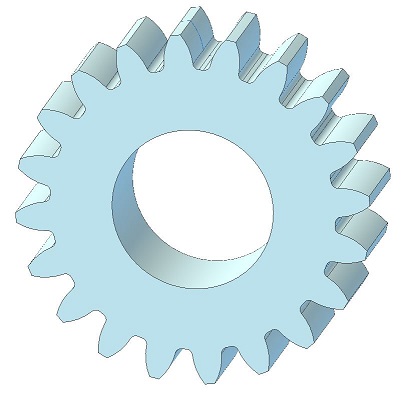Kunstmaan
Alibre Super User
LS,
For a school project i have to produce a simple demonstration pinion/gear combination.
The used material wil be multiplex (lasered) .
I am intending to use a 190mm diameter disk using the script from: http://www.britishideas.com/2013/04/25/involute-gears-in-alibre-design/
The question how do i calculate the number of teeth on a gear for a given module
Any suggestions would be helpful.
Mareike
For a school project i have to produce a simple demonstration pinion/gear combination.
The used material wil be multiplex (lasered) .
I am intending to use a 190mm diameter disk using the script from: http://www.britishideas.com/2013/04/25/involute-gears-in-alibre-design/
The question how do i calculate the number of teeth on a gear for a given module
Any suggestions would be helpful.
Mareike
Last edited:


